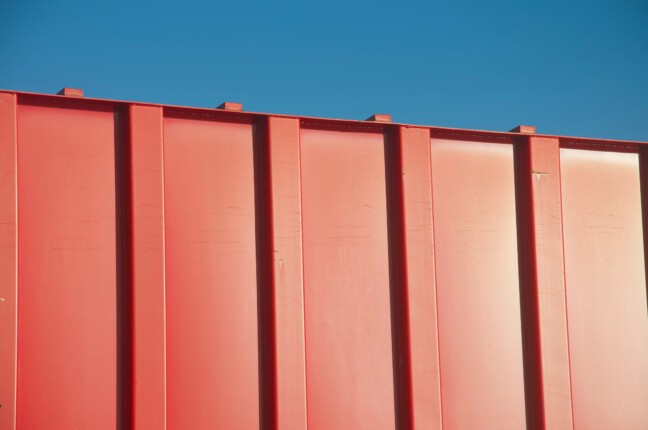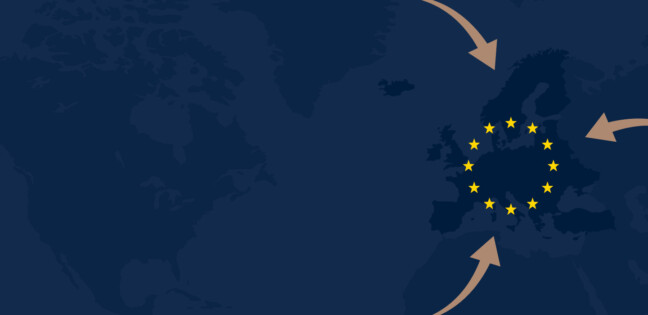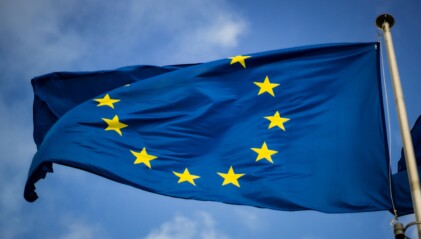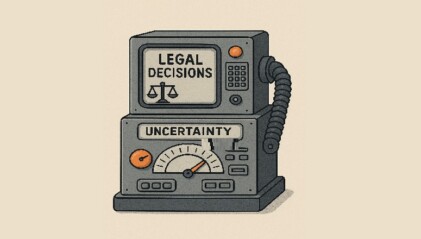Goods imported from outside the European Union (EU) are subject to tariffs. Since the EU is a customs union, goods move freely within member states without additional duties. Individual EU countries manage customs collection, with the revenue flowing to the EU budget—averaging around 5 billion euros annually. This makes customs a key income source for the EU.
Understanding Import Costs in the EU
Since July 1, 2022, there’s no €22 duty-free limit. Goods under €150 are deemed “low-value” and incur only import VAT. Goods exceeding €150 are subject to customs duties AND import VAT (calculated on the purchase price, including shipping). Duty rates vary by product type – find them and any trade restrictions on www.tariffnumber.com.
Understanding Import VAT on Goods Under €150
For purchases valued under €150, import VAT is calculated based on the total price, including shipping and insurance. This system ensures a fair market by taxing goods like those bought within the EU. Germany’s customs administration collects import VAT, which can apply to businesses (including online sellers) and individuals, maintaining a level playing field for all.
How is Import VAT Calculated?
- Customs Value: The base price of the item + any foreign taxes + shipping costs.
- Customs Duty: A possible added cost calculated based on the customs value.
- Assessment Basis: Customs value + duty + transportation fees.
- Import VAT: This is 7% or 19% of the assessment basis in Germany.
Important Notes:
- Exemptions: Commercial imports under €150 and one-time gifts below €45 may be exempt.
- Input Tax: Businesses (excluding small business exceptions) may claim import VAT as input tax.
Need Additional information? Visit our knowledge page on import VAT for complete details.
The Customs Declaration Process
It’s Crucial to Declare all Goods: Whether they originate from within the EU (“Union”) or outside it (“non-Union”), every single item entering a customs procedure necessitates a declaration.
Who Can Declare: The responsibility of declaration lies with anyone who possesses the necessary information. This often includes freight forwarders or authorised representatives who can act for you.
Types of Customs Offices:
- Border Customs: Handle physical entry/exit of goods from the EU.
- Internal Customs: Provide support and expertise on import/export rules.
Declaration Methods: Electronic (e.g., Germany’s ATLAS platform), written, or in some cases, by action.
Required Documents: These prove the goods’ value, origin, type (for duty calculation), and adherence to any restrictions. Examples:
- Commercial invoices
- Customs Tariff numbers
- Certificates of Origin
Access to Goods: You can only access your goods once customs formally processes and releases them.
Understanding Customs Tariff Numbers
The customs tariff number (a commodity code) is a globally recognised code system (used by the World Trade Organization) that identifies specific goods. This code is crucial for:
- Import/Export Regulations: Determining any restrictions, bans, or licensing requirements for your goods.
- Customs Duties: Identifying any import or export duties that apply.
- Tax Rates: Establishing the excise duty rate under tax law.
Export vs. Import Codes:
- Export: Requires an 8-digit code.
- Import: Uses a more detailed 11-digit code for specific tax and regulation purposes.
Simplify Customs with an EORI Number
An EORI number is essential for businesses trading with countries outside the EU. This unique code streamlines customs procedures and helps track shipments. Think of it as your business’s passport for international trade!
Ready to get your EORI? We’ll guide you through the application process and explain how it’s used for hassle-free customs clearance within the EU and beyond.

Understanding the IOSS: Simplifying VAT for E-commerce
Since July 1, 2021, the EU’s Import One-Stop Shop (IOSS) offers a streamlined VAT approach for e-commerce businesses selling goods from outside the EU to buyers within the EU. Key benefits include:
- Simplified Filing: Report and pay VAT for eligible sales to all EU countries with a single monthly return.
- Centralised Hub: Germany’s Federal Central Tax Office (BZSt) handles IOSS returns.
- EU-Wide: The IOSS is available in all EU member states.
Important Note: The IOSS is specifically designed for “distance sales” of low-value goods (generally under €150).

Understanding German Foreign Trade Statistics
Germany closely tracks imports and exports across its borders, with this data compiled into Foreign Trade Statistics. This includes all physical goods, livestock, and electricity. Here’s how it works:
Data Source: Germany’s ATLAS system records every import and export transaction.
Compilation: The Federal Statistical Office gathers this data monthly, analysing trade patterns with specific countries.
Types of Trade Covered:
- Intra-trade: Movement of goods within EU member states.
- Extra-trade: Trade with countries outside the EU.
- Special Cases: These include goods imported/exported without charge or those traded on a foreign account.
Navigating Post-Brexit Customs: What Businesses Need to Know
Brexit significantly changed trade between Great Britain and the EU. Here’s what companies must consider for successful customs clearance:
New Rules: The EU single market and customs union no longer apply to GB. Understand the new regulations.
Customs Declarations: These are now mandatory for all goods crossing EU-GB borders.
Potential Delays & Fees: Expect additional paperwork and potential shipment delays. Be prepared for possible tariffs and taxes.
Need Guidance? Customs experts can simplify the process and ensure compliance.

Navigating Customs between Switzerland & the EU: Know the Rules
Though Switzerland isn’t an EU member, customs regulations still apply when trading with EU countries. Here’s what you need to focus on:
Allowed Goods: Most goods can be imported, but restrictions on specific items (e.g., certain foods and medications) should be checked.
Exemption Limits: Limits exist for duty-free allowances.
Customs Declarations: Depending on the goods’ value and type, a declaration may be necessary.










